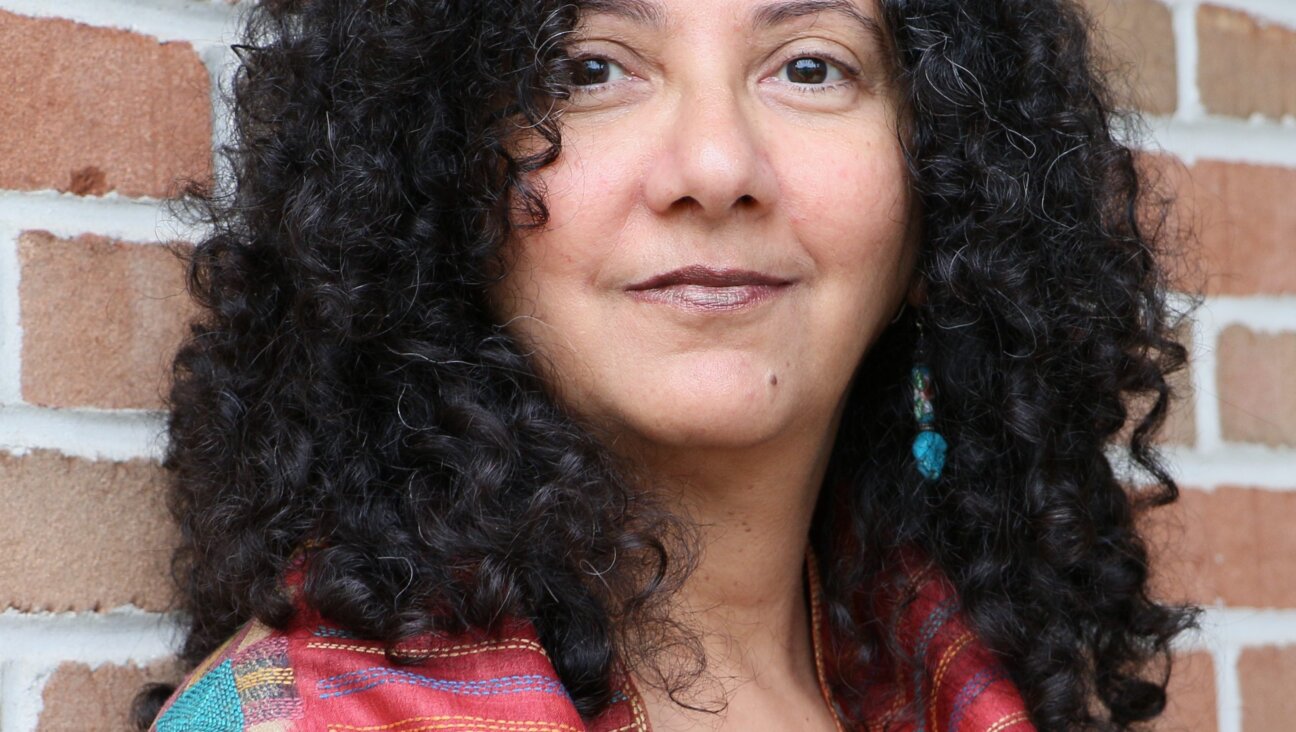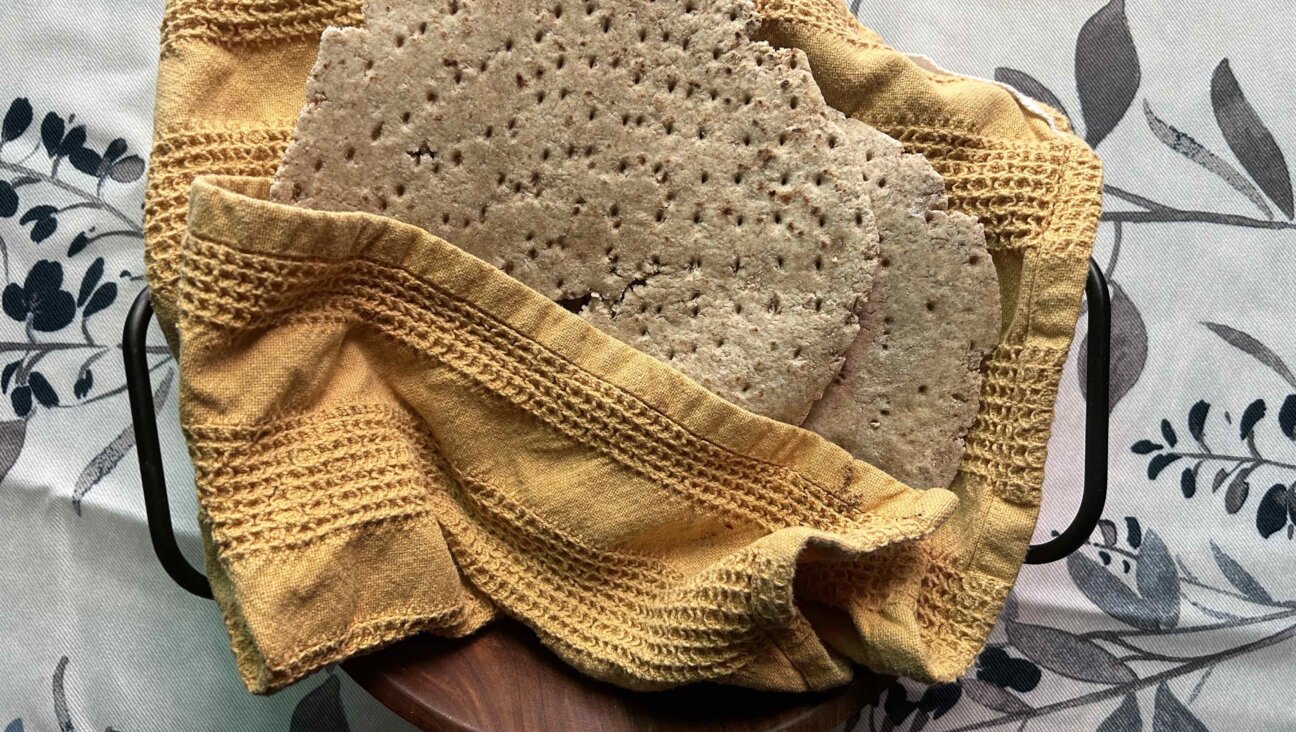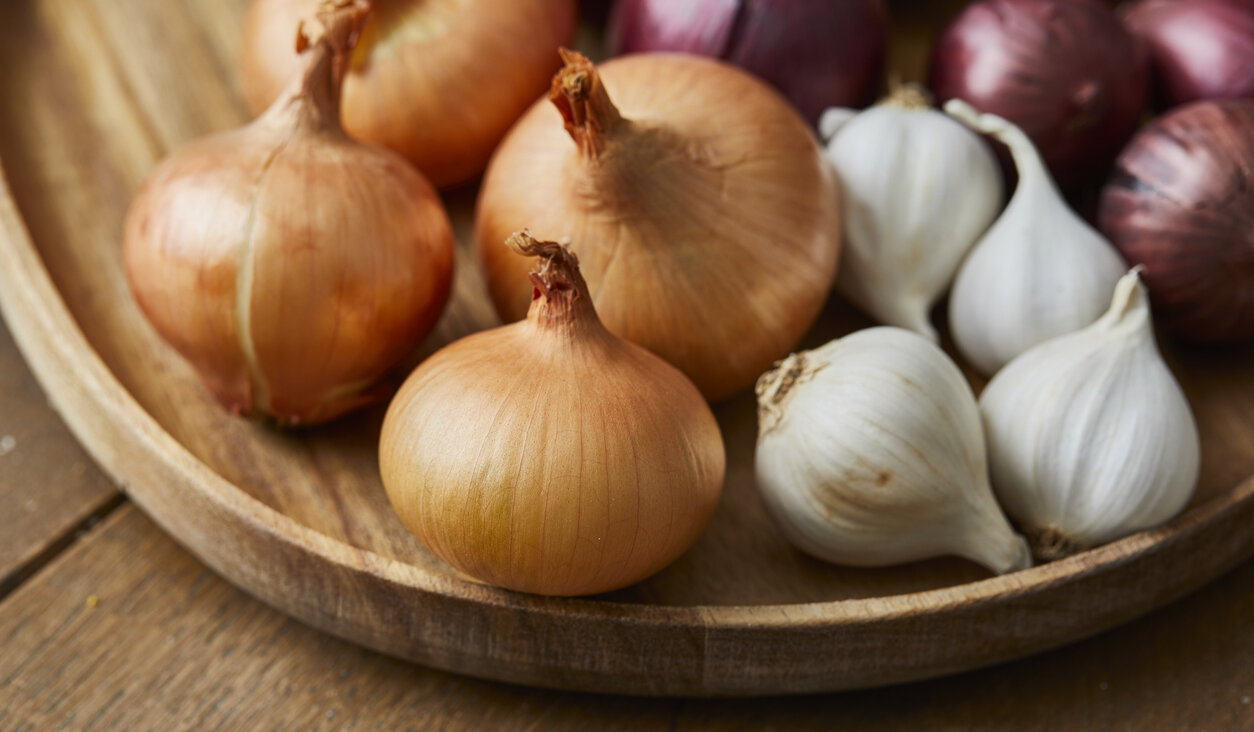On Not Wasting Food
I am conscious of the meat, dairy and vegetables that I buy and the meals I prepare, but unfortunately, until recently I never gave a good look at how much waste my family produces. Jonathan Bloom’s new book [“American Wasteland, How America Throws Away Nearly Half of its Food (and what we can do about it)”][1] takes on the topic of food waste from various religious perspectives. Interviewing several rabbis in his book Bloom discusses the concept of bal tashchit, meaning “thou shall not destroy” but is often interpreted as “thou shall not waste.”
This idea stems from “When you lay siege to a city for a long time, do not destroy [lo tashchit] its trees by putting an ax to them, because you can eat their fruit.” (Deuteronomy) From this passage, the Talmudic rabbis declared a general prohibition against waste.
[1]: http://well.blogs.nytimes.com/2010/11/01/from-farm-to-fridge-to-garbage-can/?scp=2&sq=american cse %20wasteland&st=
After reading this book, I took a strong assessment of my family’s waste habits. After a week away for Thanksgiving we returned and I quickly started my meal planning for the next week. I opened up my refrigerator and 1) poured about a cup of spoiled milk down the drain 2) threw away half eaten salad, kugel, sweet potatoes, and chicken and rice 3) and also threw away an entirely uneaten jicama from my beautiful fruit bowl on the table. A week ago, this activity would have been somewhat cathartic. (I hate junk and love grocery shopping). But now, I looked at this as wasteful and maybe not what I want to do.
This challenge is particularly difficult because I work full time, prepare my meals in bulk and don’t have the time to cook every night. Here are some of my tips I picked on when I became conscious of this task.
1) Meatloaf in muffin tins – My husband calls these meat lumps, but nonetheless dividing two pounds of meat into 12 mini meat loafs allows a wonderful meal and the portions size are kid-friendly and can be used for all sorts of things. (Sandwich, mashed up in pasta, on its own, etc.) Plus, chopped meat freezes well and can be reheated quickly.
2) Combination leftovers – A little bit of rice, a little bit of string beans and frozen pre-cooked packaged chicken makes a wonderful lunch. On that note, it is good to have staples such as veggie burgers, pre-cooked chicken breasts, and frozen veggies to add to whatever bits were leftover to make a nice meal the following day.
3) Get in touch with your inner Donna Reed and make lunch for your spouse. My husband generally won’t make his own lunch but if I make it for him, he will eat it and thus minimizing food waste at the end of the week.
4) Chicken Pot-Pies – After I make a chicken soup, I take the extra veggies and chicken and make hand-made chicken pot pies using philo dough. (Always a yummy treat!)
5) Stay Pareve. For those who keep kosher, it is ideal to keep foods such as rice and pasta pareve so they can be mixed with meat or dairy foods throughout the week.
6) Leave the fruits and veggies out on a visible bowl and always offer fresh before packaged.
While I know I cannot single handedly change the way the world views food waste, but I do know I can start getting a little more organized, freeze a little better and learn to spice up my leftovers. Doing that, I am teaching my children about bal tachchit and not giving up our responsibility of repairing the world.
















